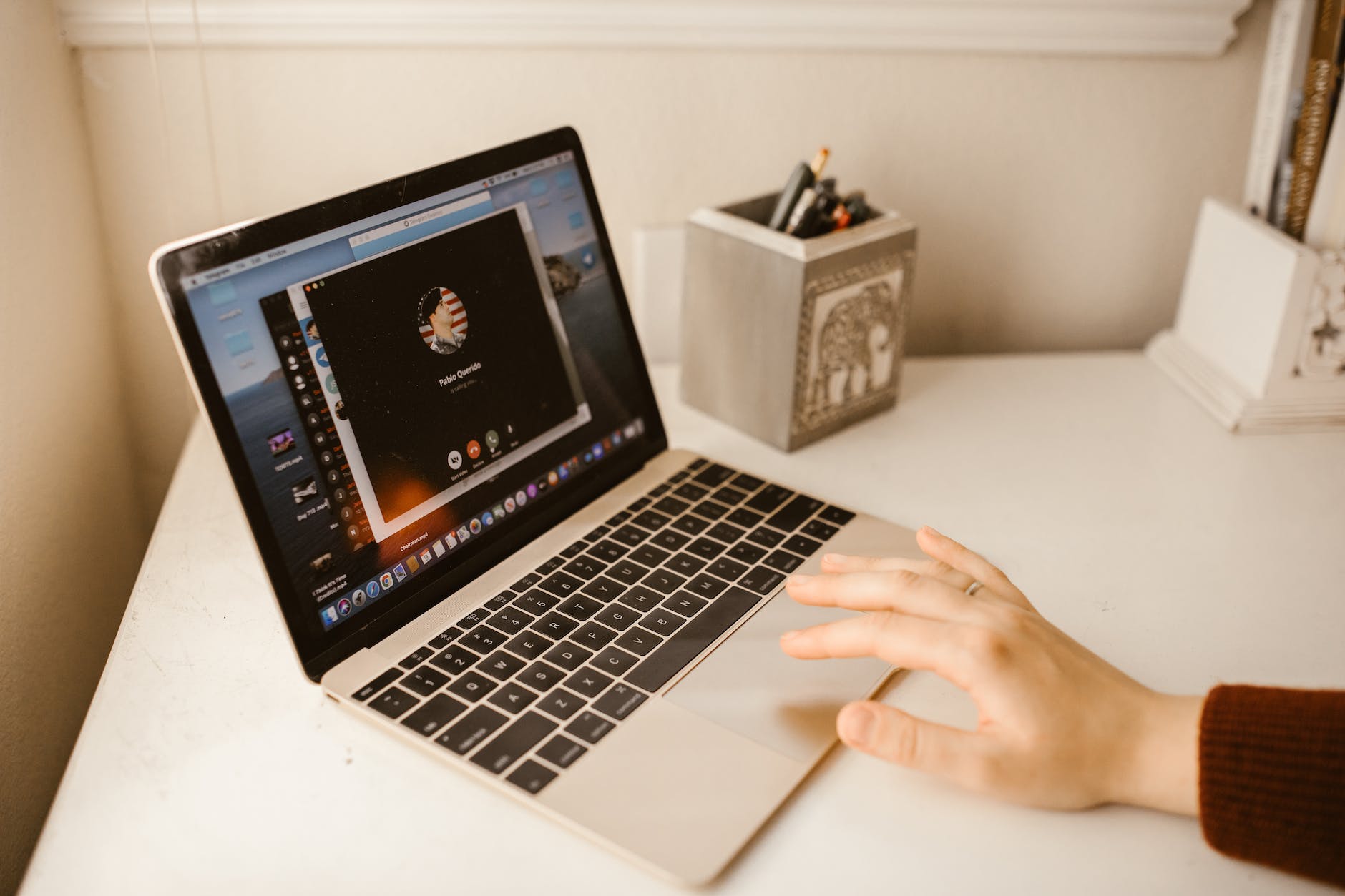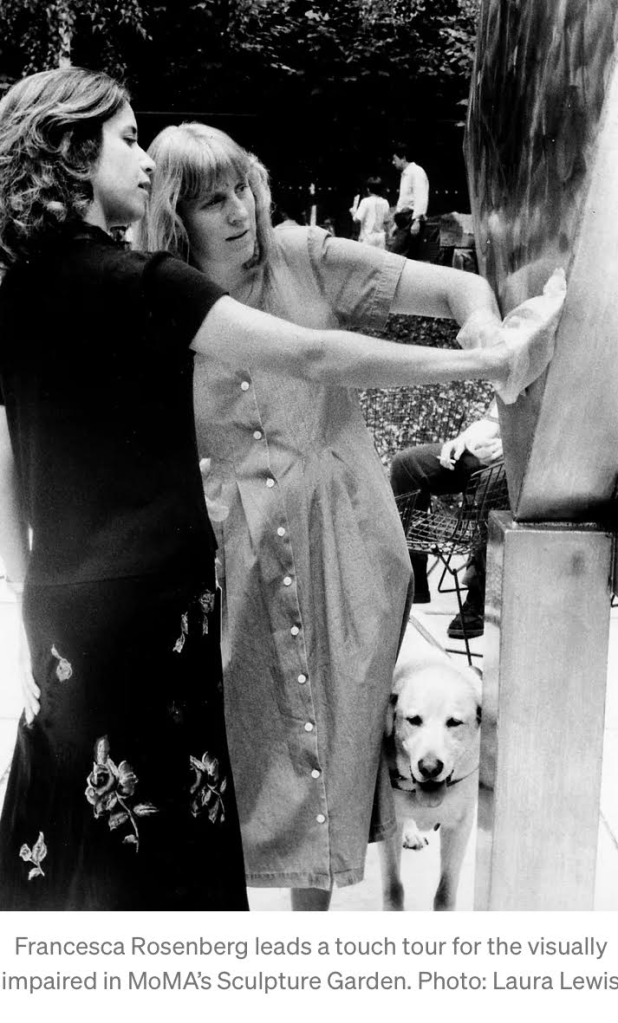There’s been a revolution in hearing technology over the past decade. A recent presentation on hearing loss in the workplace at our HLAA Chapter reminded me how far we’ve come. What a difference these tech advances would have made in my own workplace experience.
Whether you work at a big office with cubicles or volunteer at a local nonprofit, one of the biggest obstacles is meetings. Six to eight participants can be difficult if there is background noise, overlapping conversation, or unclear speakers. Even in a meeting with just three participants, masks affect the ability to follow a conversation.
And then there are meetings at conference tables that could double as skating rinks, like the one pictured below. The Roger Table Mic is a good solution for this situation. Made by Phonak, it works with all hearing aid brands. (Bluetooth devices are brand specific.) It sends speech directly to your hearing devices. A Phonak YouTube video demonstrates the boost in volume and clarity.

For larger meetings, you can use two or three Roger table mics. Under the ADA, your company should provide them. But you have to ask, which is still a big step for a lot of people. And the answer might not always be yes.
Small microphones referred to as lapel, clip-on, or companion mics are made by almost all hearing-aid manufacturers. They transmit speech via Bluetooth from as far as 30 feet away directly to your hearing aid. Once again you have to be proactive, which means asking the speaker to wear the mic. The trick in this situation is that you hear only the person wearing the mic. If there are comments or questions from others, the primary speaker will have to repeat them for you to know what was said.
The clip-on remote mic can also be helpful in a restaurant. I used to do a lot of business in restaurants, listening to pitches from writers, talking about story ideas. I still remember the agony of trying to read the lips of a person eating in a noisy restaurant. I haven’t had much luck in restaurants even with the mic, but in researching this post I came upon an article by Steve Frazier published last year. He suggests turning off the mics on the hearing aids, to get rid of the ambient noise, and just listen to what comes in via the remote mic.
For large meetings, CART captioning is a good option. It’s best if the captions are projected onto a screen for all to see. But they can also be sent to a smart phone or table. Some companies worry about privacy issues with captioning. The person who hires the captioner is the only one who has access to a transcript, and these can be destroyed. No privacy concerns. A company can also install a portable hearing loop for a meeting. The hearing loop, like the clip-on mic, requires speakers to use a microphone. If an audience member launches into a comment without waiting for the mic to be passed, the system won’t hear it.
The telephone was my biggest challenge. I encouraged people to email but inevitably they would pick up the phone and launch into a pitch I couldn’t follow. A headset was a help, but not good enough. The first captioned telephones came on the market in 2003. I never asked for one, because I’d never heard of them. These days captioning on smart phones is so good that I never use my landline. The caption system I use is Innocaption. Like other accommodations for the deaf and hard of hearing, the app is free.
Personal captioning apps for iPhone and Android make in-person conversation much easier. If you’re having a hard time understanding someone because of ambient noise, Otter.ai or Google’s Live Transcribe will provide live captions. They’re not perfect and if the venue is noisy, the app may also have trouble deciphering speech, but they’re always better than my ears. They can also be used at a small conference table.
In these days of remote work, captions really help level the playing field. Zoom captioning is usually quite accurate whether on a computer or smart phone.
Asking for accommodations in the workplace should have become easier as assistive devices have become more common. But many people still know very little about hearing loss and may have no idea what accommodations to ask for. Unfortunately, many HR departments don’t know either, and audiologists may not offer this information when fitting someone with hearing aids.
The panel last week was sponsored by our HLAA Chapter. You can access a recording on our website, available in a few weeks. The five speakers were at different stages of their work life. Four were actively working and had gradually become very open about their loss. The fifth retired in 2010, as did I. Neither of us had the faintest idea at the time about what accommodations we could ask for – and truthfully, there weren’t many then.
But there are now, so find yourself a support group like HLAA or ALDA – or join ours. We’re at hearinglossnyc.org. Read some of the excellent books and blogs that are out there. And most of all, speak up about your hearing loss. It’s a big first step towards succeeding in the workplace with hearing loss.
*
For more about hearing loss, read my books: “Shouting Won’t Help,” “Living Better with Hearing Loss,”and “Smart Hearing,” available at Amazon.com. And please click on “Follow” if you want to get notifications of post.














